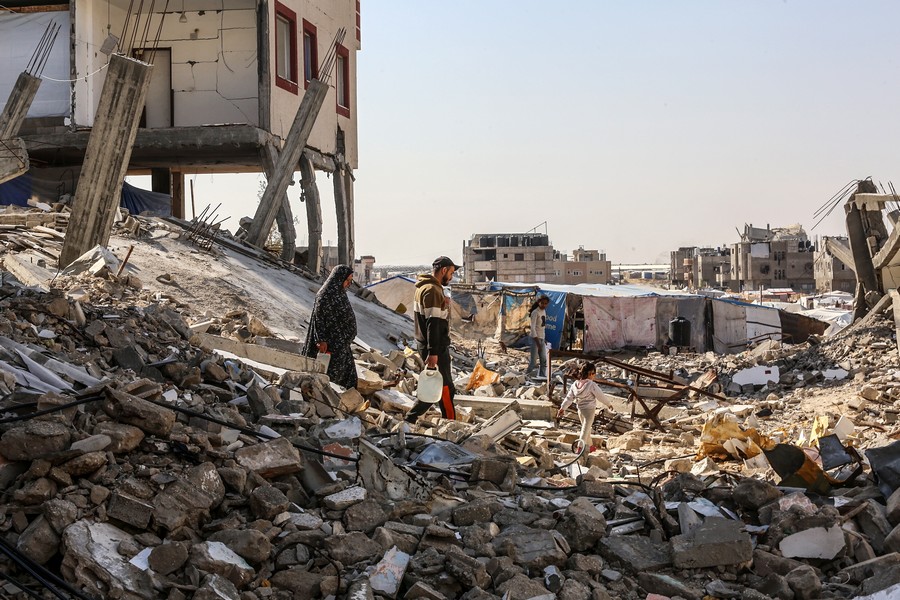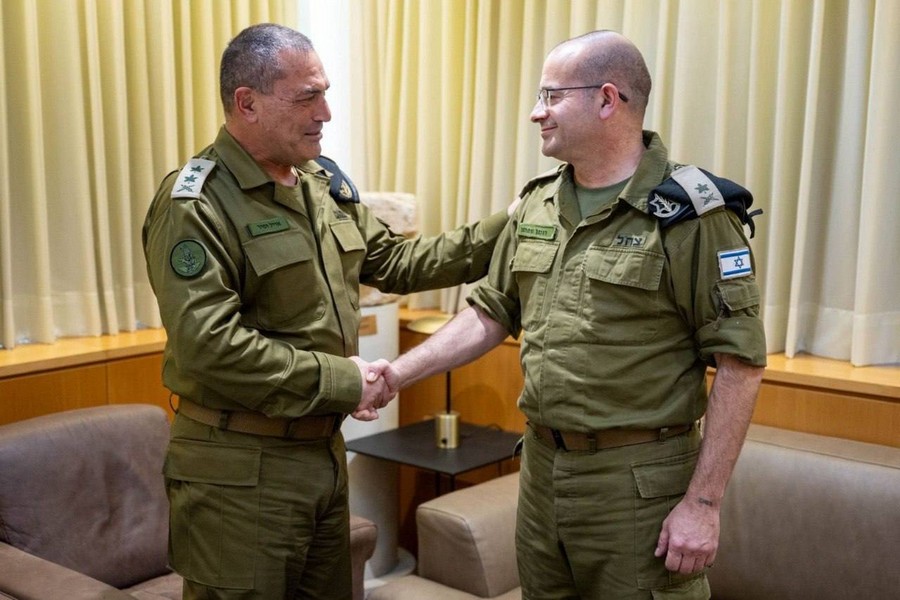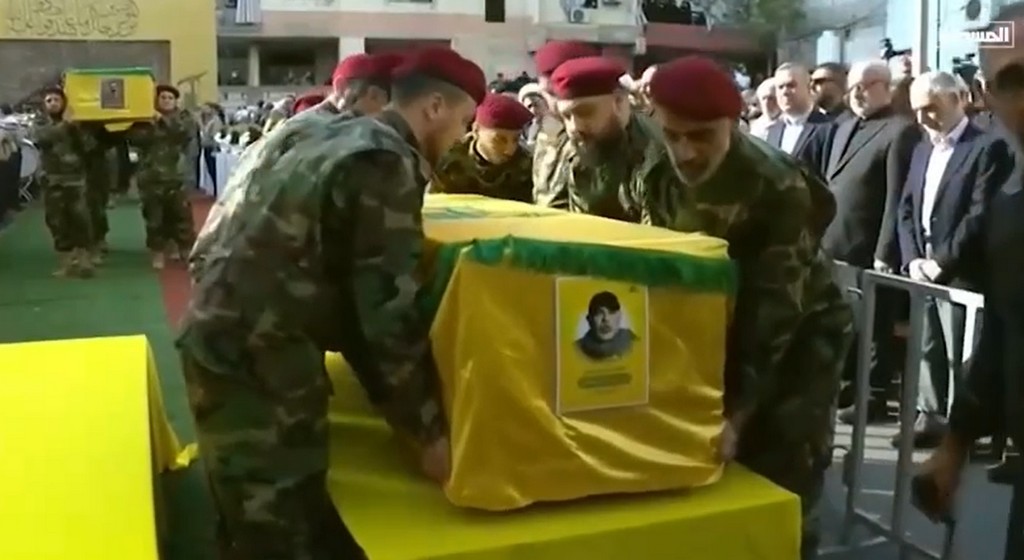The Key to Thwarting Iran’s Nuclear Capabilities
Prof. Kobi Michael discusses the strong coordination between the US and Israel, stressing they remain “on the same page” in their determination to thwart Iran’s efforts to reconstitute its military nuclear capabilities. He argues that Israel is prepared for decisive action, potentially a “second strike,” and that maintaining the crucial diplomatic support of the United States is key to addressing the persistent Iranian threat.
The full interview took place on ILTV on December 18, 2025.



